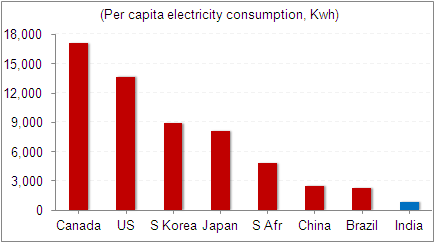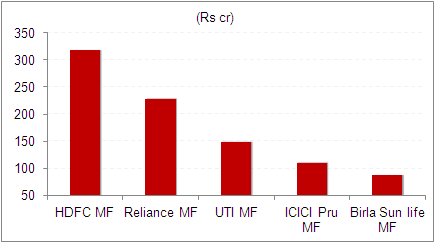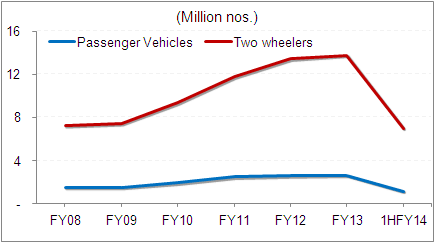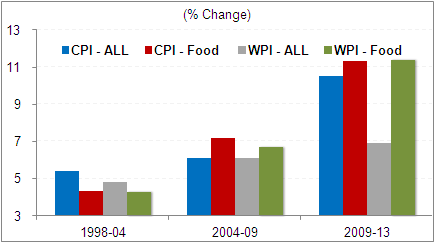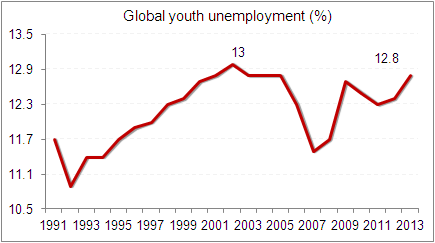3 Day Long Sikkim Winter Carnival 2013 Kick Started
source: Voice of Sikkim

Sikkim Winter Carnival 2013 : Governor and the CHief Minister inaugurating the 3 day long event at MG Marg
22 Dec, Gangtok (IPR) : The three days long Sikkim Winter Carnival 2013 kick started today at White Memorial Hall with the inauguration of Buddhist Art & Craft of Butter Sculpture and Sand Mandala presented by Tourism and Civil Aviation Department, and Photo Exhibition presented by Information and Public Relations Department.
Hon’ble Governor of Sikkim Shri Shriniwas Patil inaugurated the Carnival in the presence of the Chief Minister of Sikkim Shri Pawan Chamling. The Carnival has been organized by the Tourism and Civil Aviation Department, Government of Sikkim in order to promote tourism of the state.
The inauguration ceremony also included the inauguration of the exhibition at the premises of Directorate of Handlooms and Handicrafts, Zero Point followed by visit of the exhibition, sales emporium and live demonstration by the Governor, Chief Minister and host of other dignitaries.
At MG Marg, Gangtok the Hon’ble Governor of Sikkim declared open the Sikkim Winter Carnival 2013. Earlier, the dignitaries also visited the different stalls at Titanic Park.

Governor, Smt Patil, HCM and Speaker Shri KT Gyaltsen in Sikkim Winter Carnival 2013 stall
While presenting the welcome address, Mr Chewang Zangpo Bhutia, Sectretary, Tourism and Civil Aviation Department informed that the three days carnival will showcase ethnic culture coupled with peace and tranquility of the state. He also sought every one support to make Sikkim a must visit destination. He also informed that the three days event will also be broadcasted live through internet by the I.T. Department.
The dignitaries also witnessed the rich folk depicting culture, traditions and customs of the various communities of Sikkim.
Thereafter, the Governor and Chief Minister visited the photo exhibition by Imago Creative Studio, titled ‘Glimpses of Sikkim’ in front of Star Hall, and then proceeded to Kanchenjunga Shopping Complex where traditional food and artifacts stalls were laid out by various communities and associations of Sikkim.
